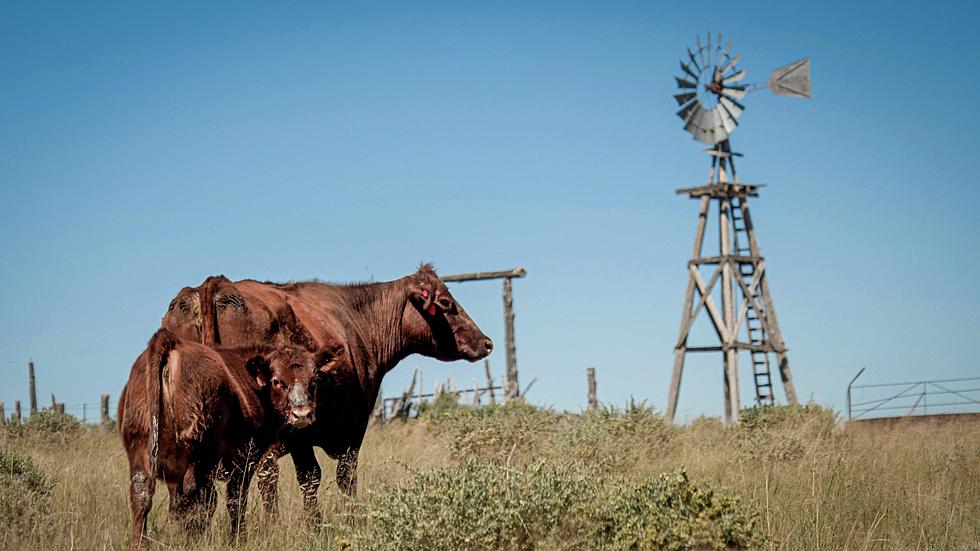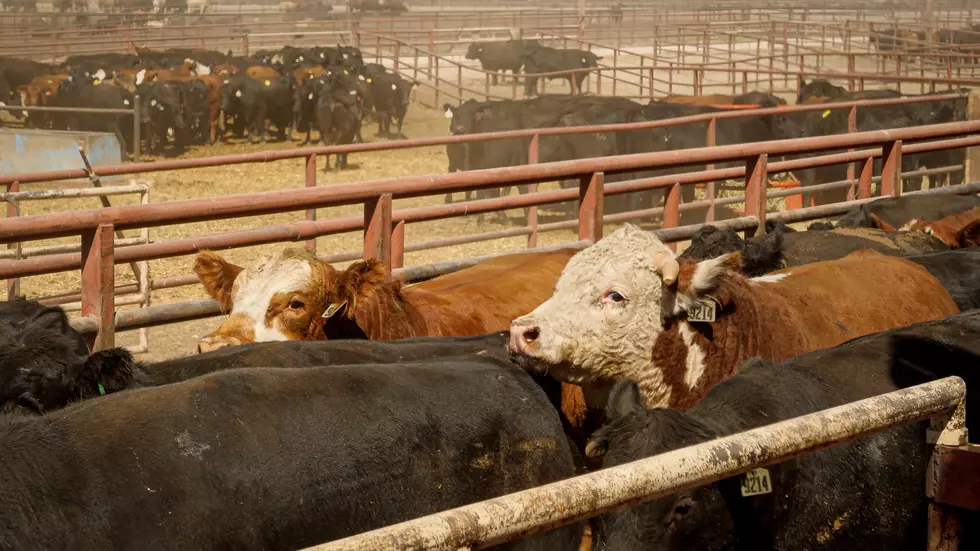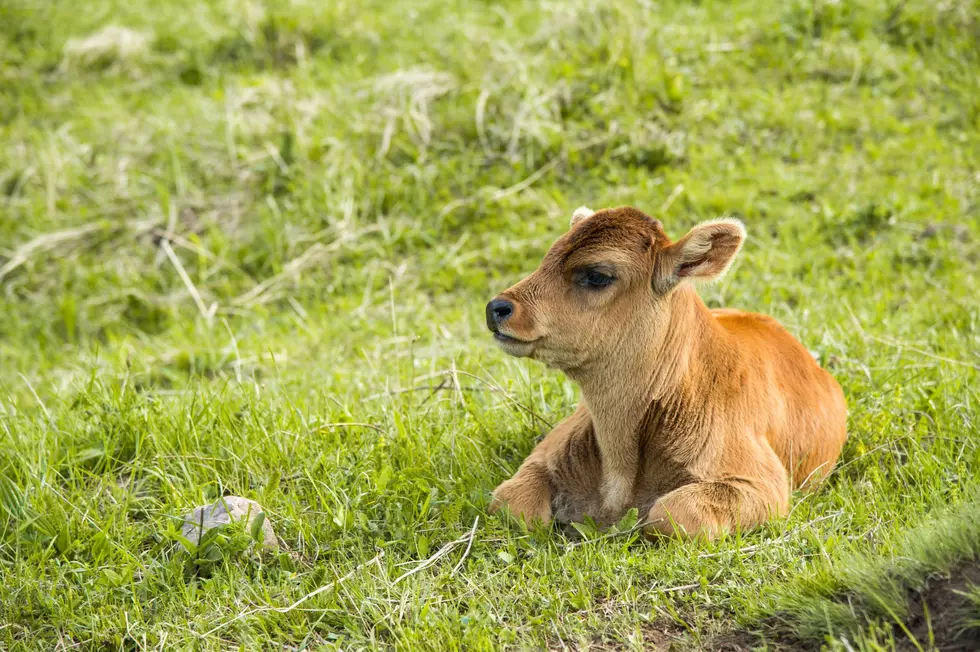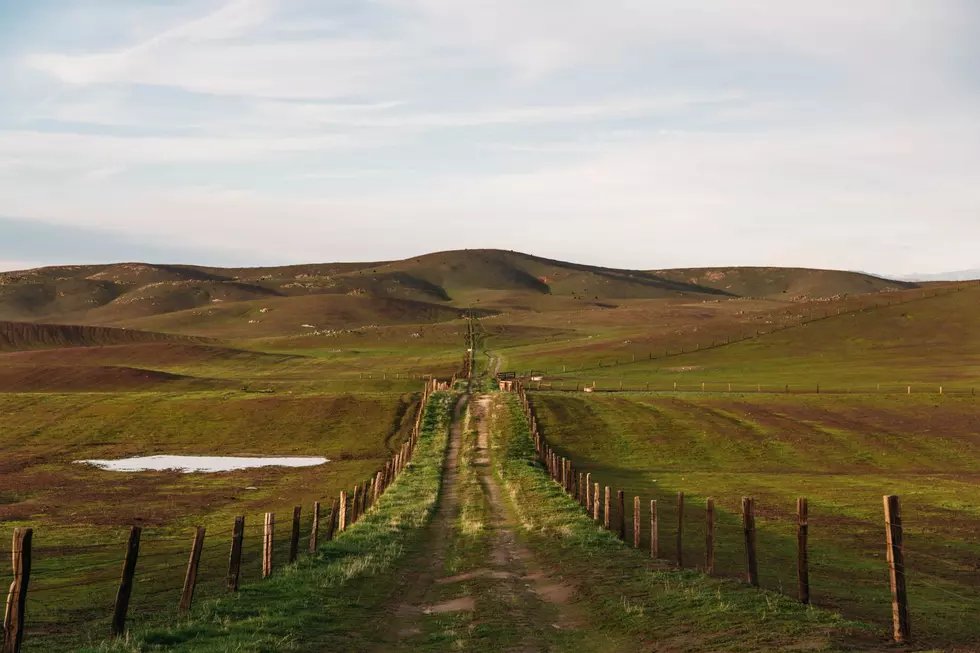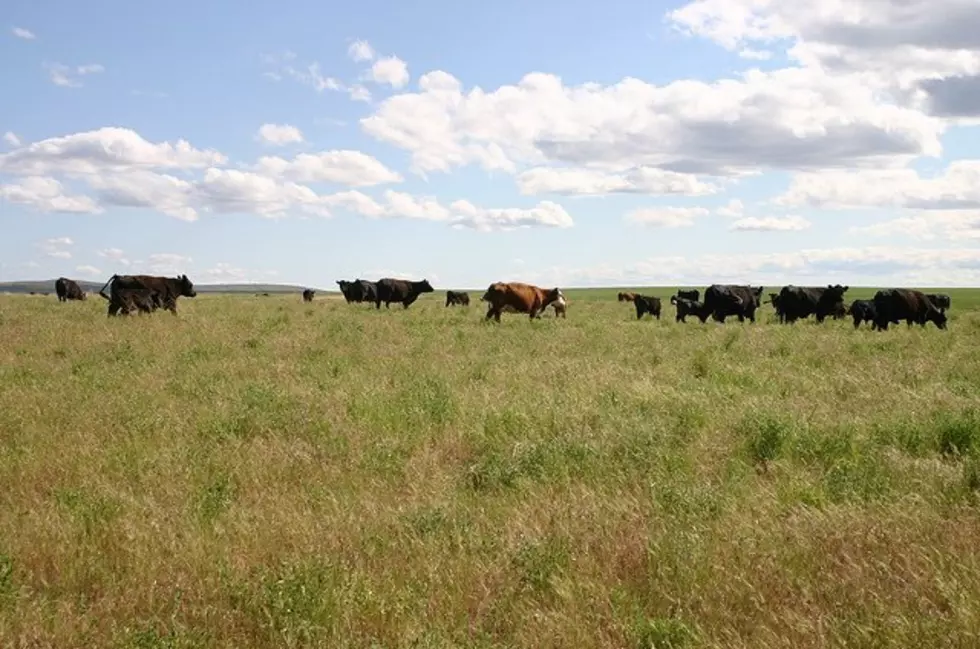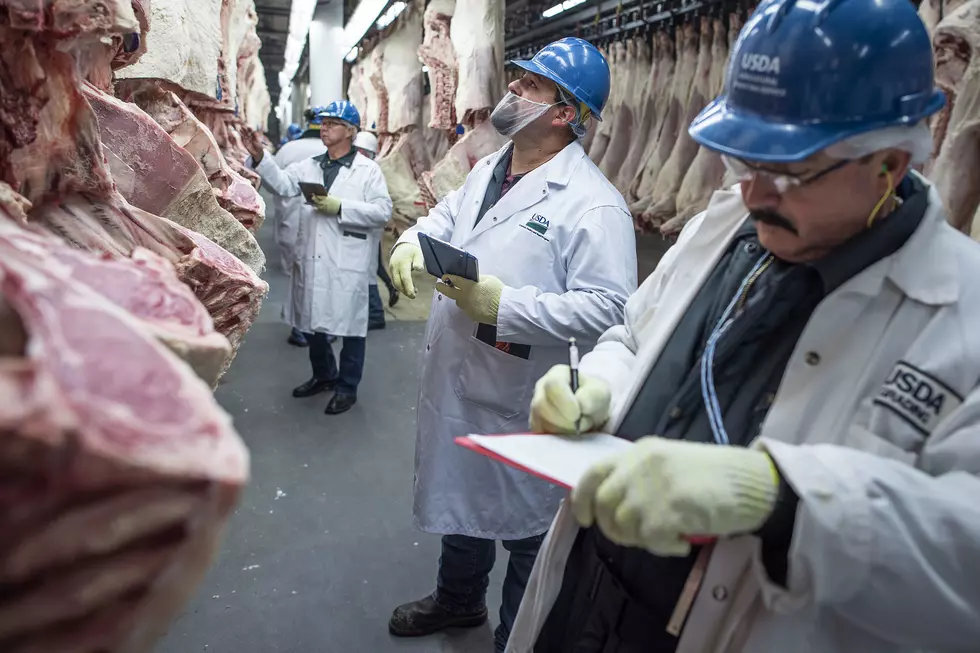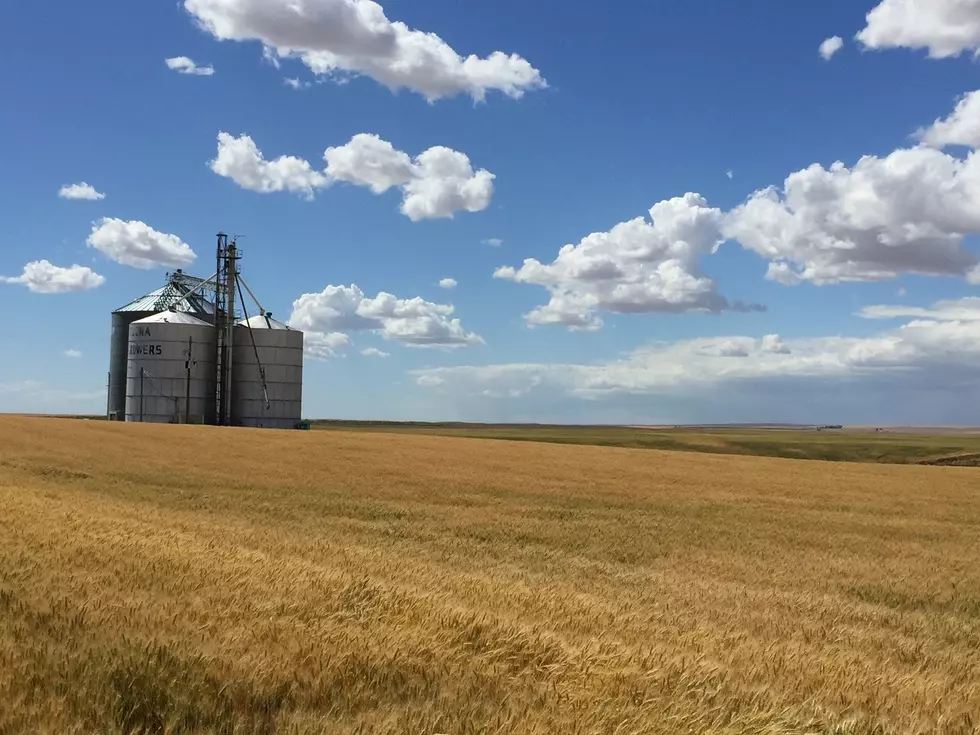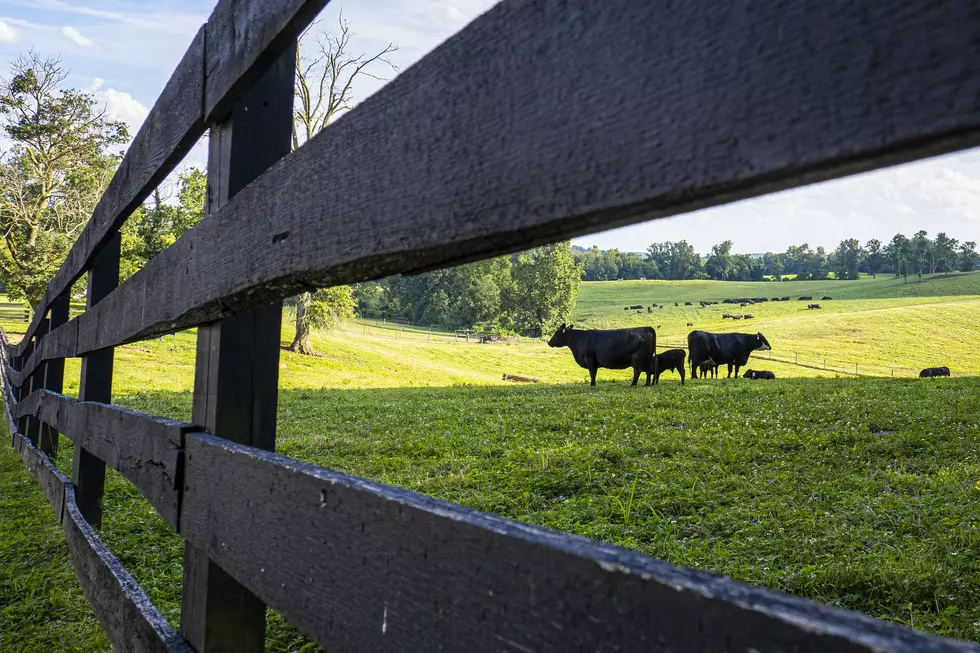
Cow-calf Producers with Larger Paddocks Rotate Cattle Less Often
According to ERS, as average paddock size increases, farmers and ranchers tend to rotate their cattle less frequently. Rotational grazing systems rotate animals among a series of paddocks, or fenced pasture areas, allowing forage to recover before returning the cattle to graze in that spot again.
A key decision for ranchers that affects forage growth is the number of rotations for a given number of paddocks. A large portion, 84%, of operations with small paddocks of 19 acres or less, rotated their cattle so that each paddock had four or more rotations per year. Intensive rotational grazing systems use an average grazing period of 14 or fewer days per paddock. In contrast, researchers found that about 52% of operations using large paddocks of 40 acres or more rotated cattle four or more times per year. The pattern of smaller paddocks and more rotations was even more evident for basic rotational grazing operations, which use an average grazing period longer than 14 days.
If you have a story idea for the PNW Ag Network, call (509) 547-9791, or e-mail glenn.vaagen@townsquaremedia.com
More From PNW Ag Network

